Google Pixel 3 vs Apple iPhone XS
The smartphone camera match-up of 2018
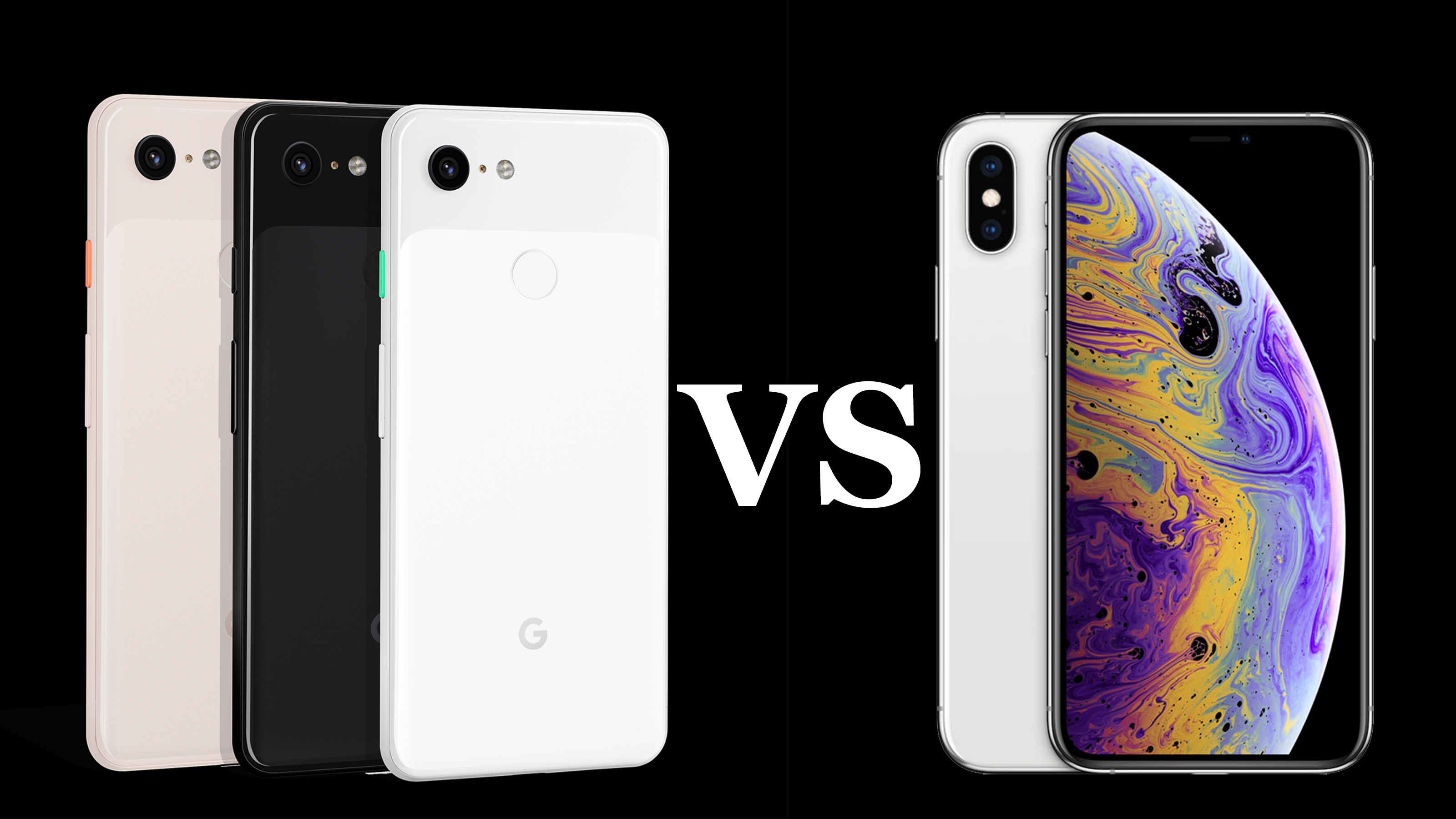
Google's newly announced Pixel 3 is vying for a premium spot in the smartphone market, especially with its high starting price. It's positioned as the phone that raises the bar for what Android can do, but it has to contend with Apple's iPhone XS on the other side of the operating system divide.
A lot looks to be riding on Google's Pixel 3 camera turning out to be one of the best, so until we've had a chance to review its performance in depth it'll be hard to call a true winner here. But, in the meantime, we can take a look at the similarities and differences between the Pixel 3 and iPhone XS.
- Read our hands-on Google Pixel 3 review
- Here's every device Google launched at its Made By Google event
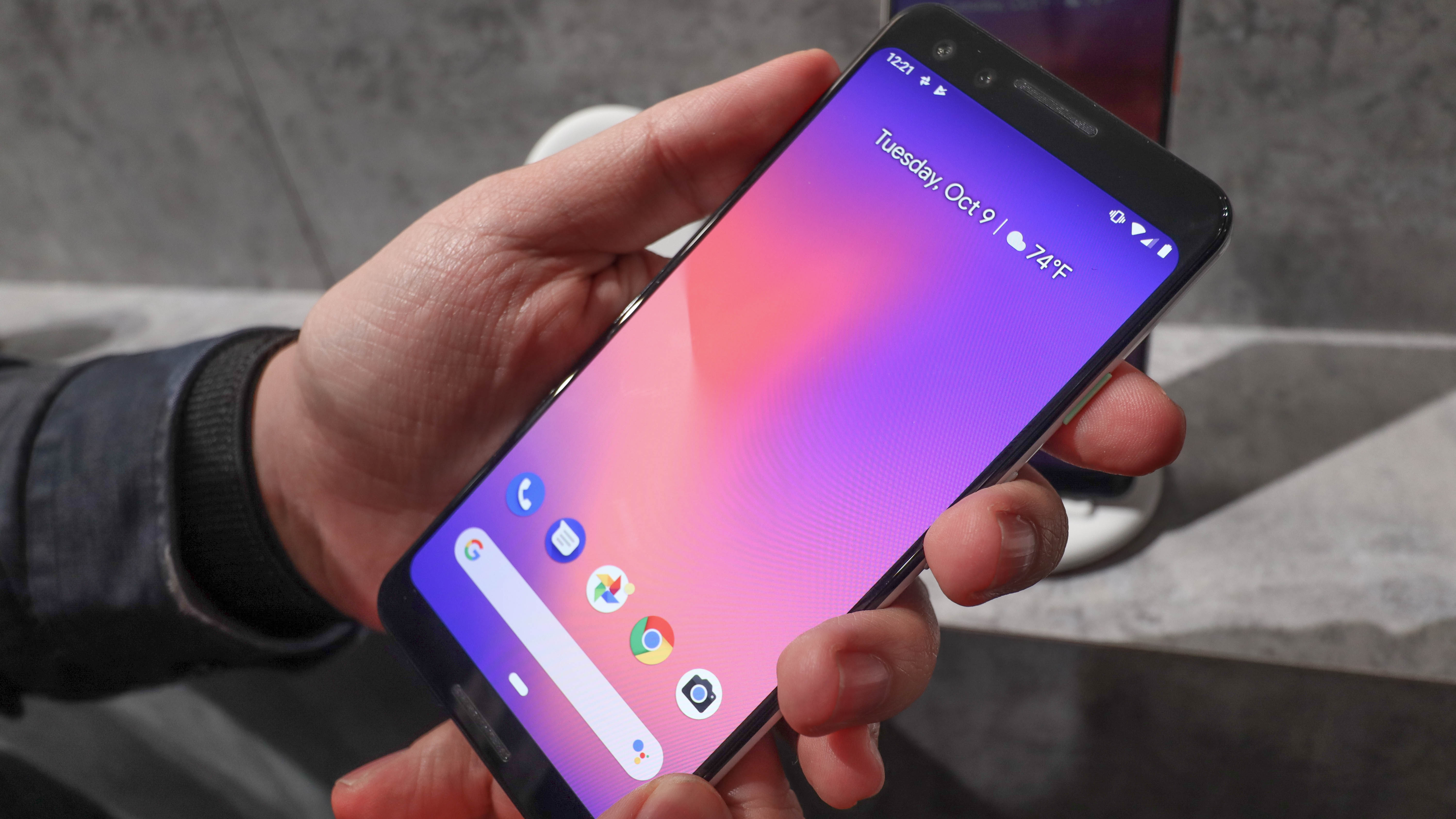
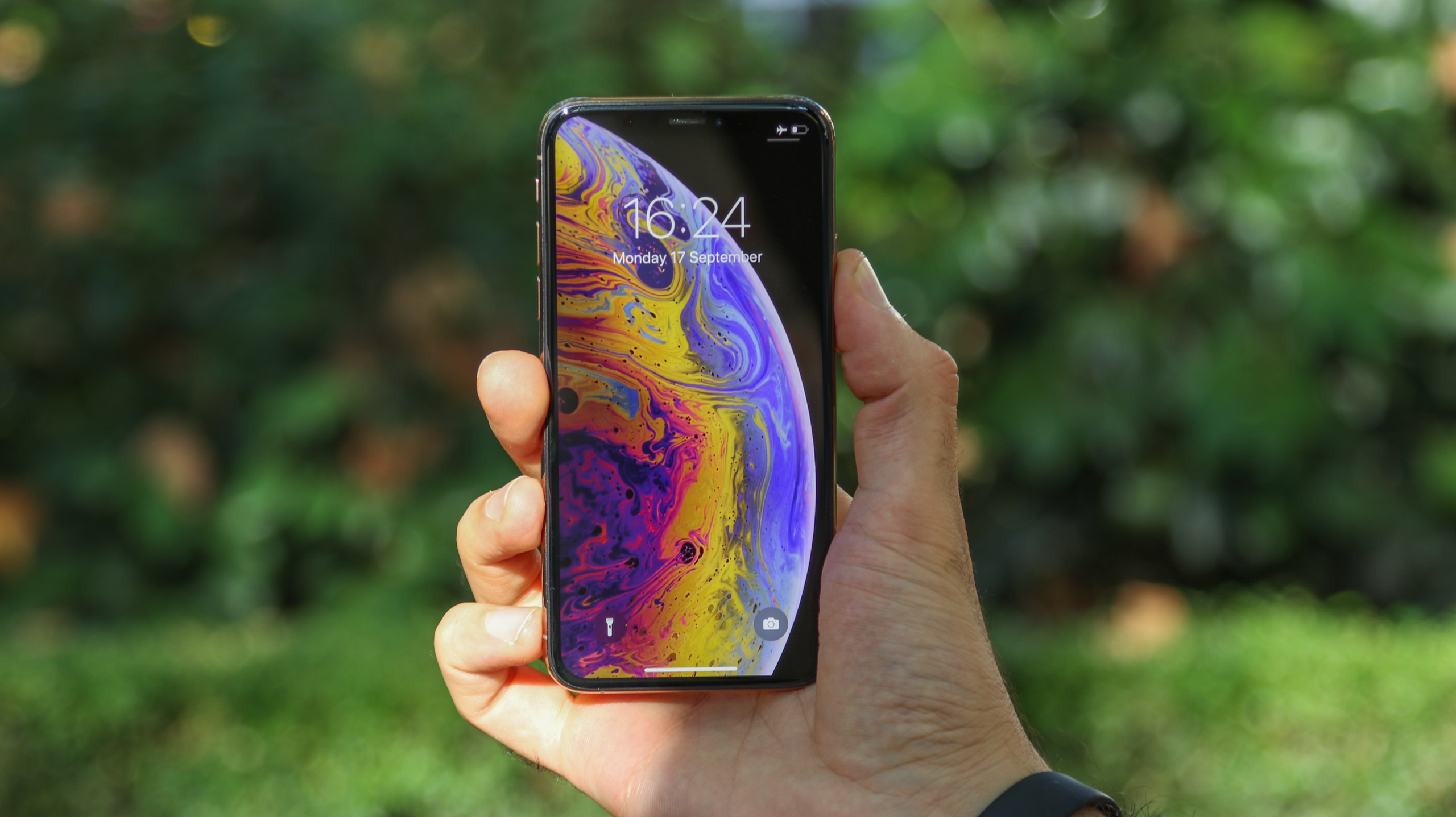
Design and display
Lately it seems like premium means two things for certain: no 3.5mm headphone jack in sight, and a metal frame sandwiched between a glass front and back. In the case of the Pixel 3 and iPhone XS, both are true. The iPhone XS is using surgical-grade steel and Apple's own glass, while the Pixel 3 uses aluminum and Gorilla Glass 5.
The size of the two phones is also fairly similar. The iPhone XS measures 143.6 x 70.9 x 7.7mm, while the Pixel 3 is just a tad thicker and taller at 145.6 x 68.2 x 7.9mm. The Pixel 3 does manage to come in at a lighter 148g compared to the iPhone's 177g, but, given the similar build, you likely wouldn't be able to tell the difference if they were in your pocket.
Pull them out, and the Pixel 3's two-tone design helps it stand out a little more. It also has front-firing stereo speakers, where the iPhone XS combines the earpiece and a bottom-firing speaker for stereo sound.
The round fingerprint sensor from previous Pixels sticks around on the Pixel 3, while the iPhone XS has done away with fingerprint scanning in favor of facial recognition.
Both phones are protected against water, with the Pixel 3 offering an IPX8 rating, and the iPhone XS going further with an IP68 rating (for protection against dust as well).
Get daily insight, inspiration and deals in your inbox
Sign up for breaking news, reviews, opinion, top tech deals, and more.
While the designs are similar, the differences become apparent when the screens come on. The iPhone XS easily wins this mini-contest, with a virtually bezel-less OLED screen measuring 5.8 inches, boasting a 2436 x 1125 resolution, and supporting Dolby Vision and HDR10. The Pixel 3 has a less dazzling 5.5-inch Full HD+ OLED display with HDR support, but there's no mention of HDR10 or other media formats. The screen also covers quite a bit less of the Pixel 3's front.


OS and power
The iPhone XS is running Apple's latest mobile operating system, iOS 12, and the Pixel 3 comes running Android 9 Pie. While the difference between the two may be a matter of taste, Google does get the advantage here, for its Google Assistant.
On the hardware side, Apple's custom A12 Bionic chip simply blows other smartphone processors out of the water. The Snapdragon 845 and 4GB of RAM inside the Pixel 3 are plenty good, but they won't keep up with the performance Apple can deliver.
Storage-wise, neither phone is winning any awards. Both come with a not particularly generous base internal storage of 64GB, and with no microSD support in either phone you're stuck with shelling out a lot of extra money to upgrade your storage; in the Pixel 3's case, you can upgrade to 128GB, while the iPhone XS maxes out at 512GB.
Neither phone offers a terribly impressive battery either. The Pixel 3 has a 2,915mAh battery, while the iPhone XS is believed to have a 2,658mAh battery. Both should be able to get you through a day, though, and both phones offer wireless charging.

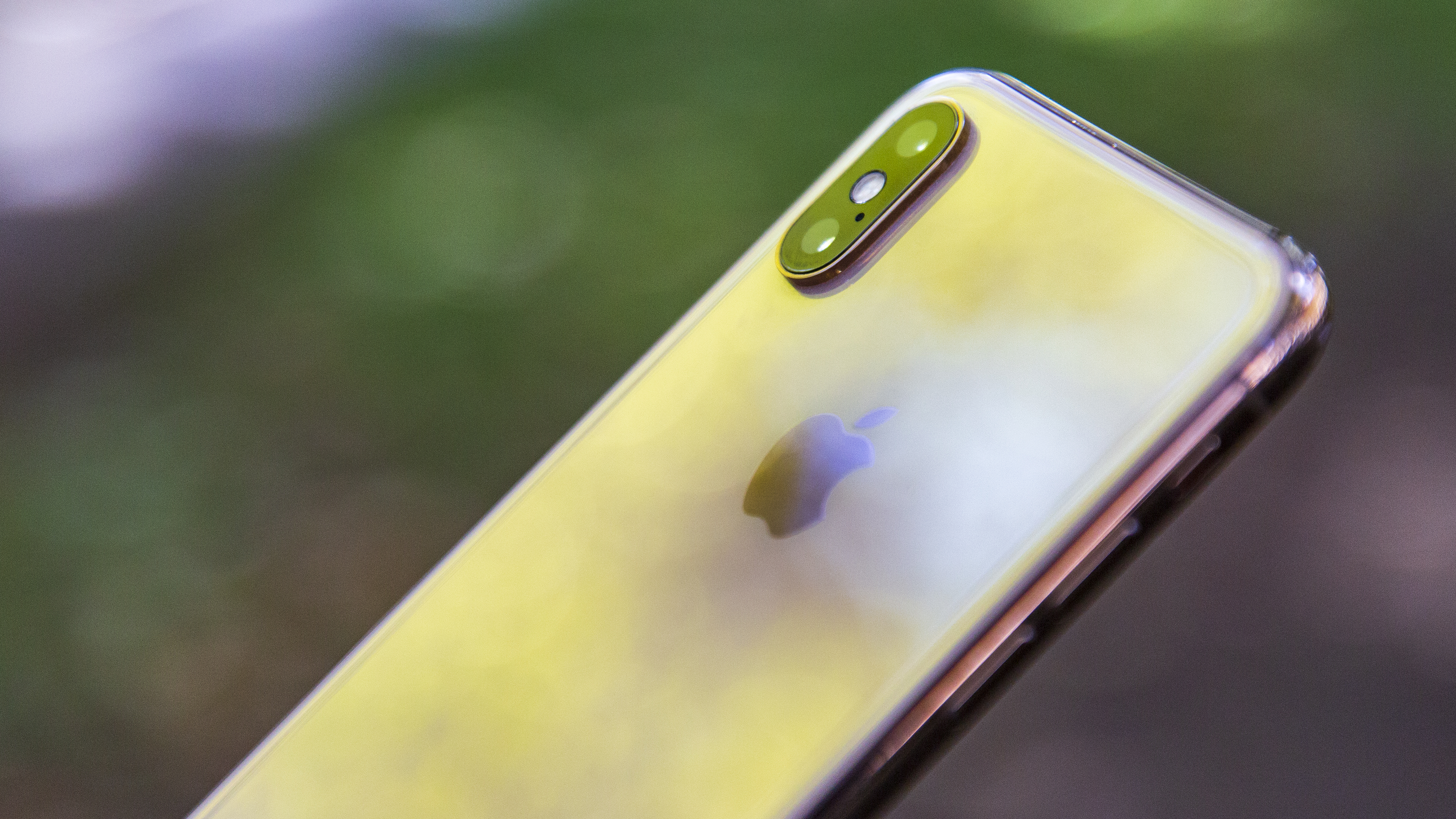
Camera
Based on the specs, the iPhone XS would appear to have a superior camera system on the rear of the phone, while the Pixel 3 wins out on the front.
The iPhone XS rear sensors are both 12MP, with one featuring a f/1.8 aperture and wide-angle lens and the other boasting a 2x optical zoom lens. They both have optical image stabilization (OIS) for photos and videos, and the phone can record 4K video at up to 60fps, and 1080p video at 240 fps.
The Pixel 3 has just one camera on the rear, and it boasts a 12.2MP dual-pixel sensor with larger 1.4 micron pixels to improve low-light performance and an f/1.8 aperture. It also has optical and electronic image stabilization. It's not so different from the iPhone XS, except there's only one rear camera, and it can record 4K video at a max of 30fps, or 1080p video at 120fps.
The iPhone XS front-facing camera is a 7MP shooter, and offers Animoji and Memoji thanks to the phone's advanced facial sensors. Meanwhile the Pixel 3 has two 8MP front-facing cameras, one offering a wide-angle 97-degree FOV and f/2.2 aperture, and the other a fast f/1.8 aperture with a 75-degree FOV.
But those are just the specs. Both Google and Apple have shown off how much behind-the-scenes optimizations can do to improve the photos a camera is able to capture. Both phones have AI working to improve images, and Google has done a good job in the past of raising the bar for the best smartphones cameras. Given how little the Pixel 3 announcement focused on specs, it's a safe bet that Google sees its upgraded camera raising the bar once again.
Time will tell which is actually best.
Price
Neither the iPhone XS nor the Pixel 3 are cheap. The base price for the Pixel 3 with 64GB of storage is a tooth-gritting $799 (£739, AU$1,199). The iPhone XS dials that up a notch with a starting price of $999 (£999 / AU$1,629) for the 64GB model.
That's a fairly substantial difference in price, and for phone fans who prioritize camera performance the Pixel 3 is likely to be the winning device.
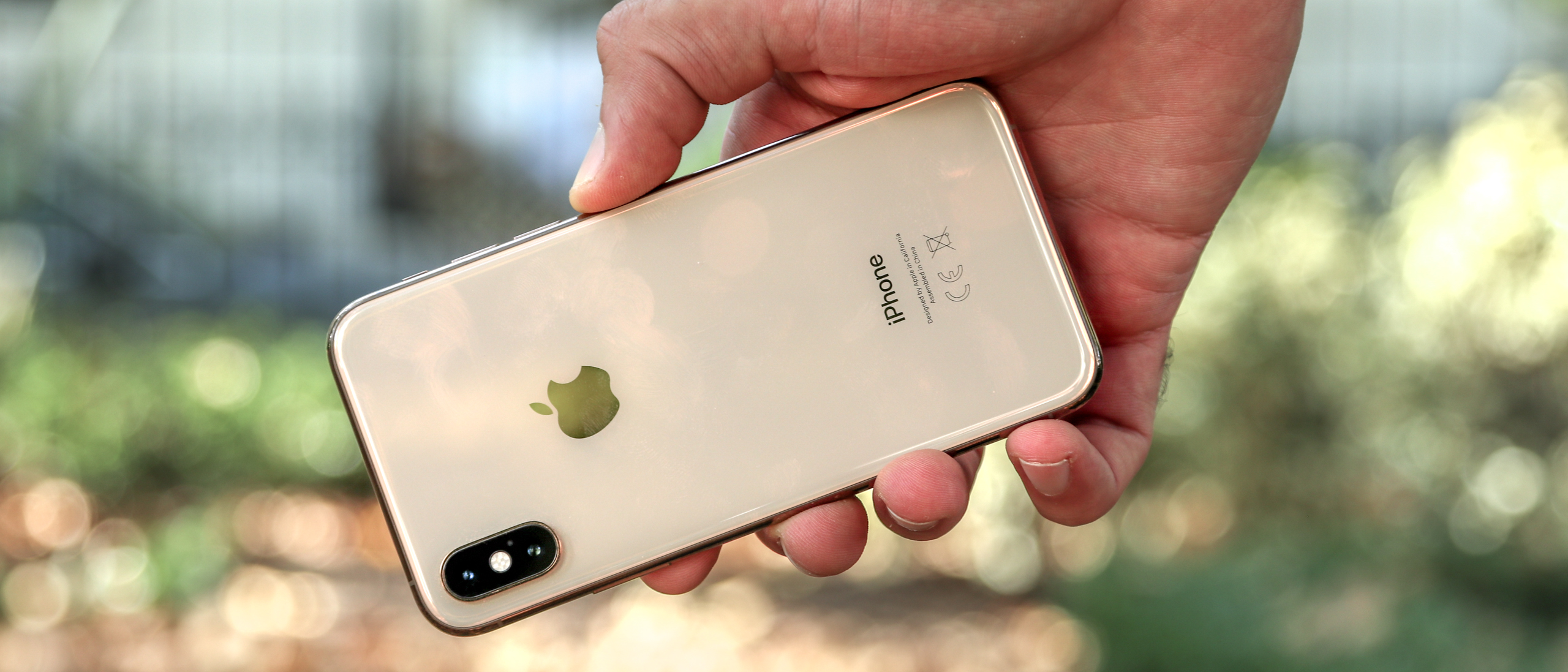
Takeaway
Both the iPhone XS and Pixel 3 are competing at the high end of the smartphone market. In many ways, the iPhone XS pulls ahead of the Pixel 3. Apple offers a more premium design, better display, and superior performance, while its camera has at least a few clear advantages – but all of that comes at a considerably higher price.
The Pixel 3's offering is somewhat questionable by comparison, as neither the internals nor the screen are class-leading, yet it's still priced the same as or more expensive than other phones in its category, like the Galaxy S9. If the Pixel 3 camera can top the competition then it may prove itself a worthy contender, but even then the Pixel 3 XL will give you more on the design front, while still offering that same quality camera.
- Talking of the Pixel 3 XL, here's our hands-on Google Pixel 3 XL review
Over the last several years, Mark has been tasked as a writer, an editor, and a manager, interacting with published content from all angles. He is intimately familiar with the editorial process from the inception of an article idea, through the iterative process, past publishing, and down the road into performance analysis.
